The Best Bird Plants: Native Plants to Attract and Support Birds in Your Yard

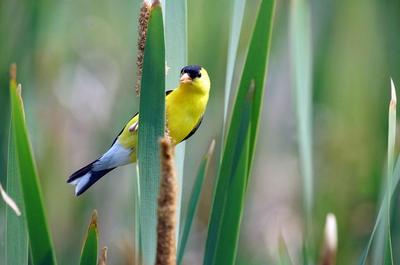
Creating a bird-friendly yard is about more than hanging feeders — it starts with the plants you choose. From berries to seeds, flowers, and nesting sites, the right plants form the foundation of a thriving ecosystem for native birds and other wildlife.
If you’re looking for plants to attract and support birds, the most effective approach is to build a garden around native plants. Unlike non native plants that offer little ecological value, native plant species provide food, shelter, and nesting opportunities that align with the life cycles of many birds, insects, and other pollinators.
In this guide, we’ll walk through the best bird plants for your landscape — and how to use them to create a bird friendly habitat that supports everything from migrating songbirds to wild turkey.

Why Native Plants Matter for Birds
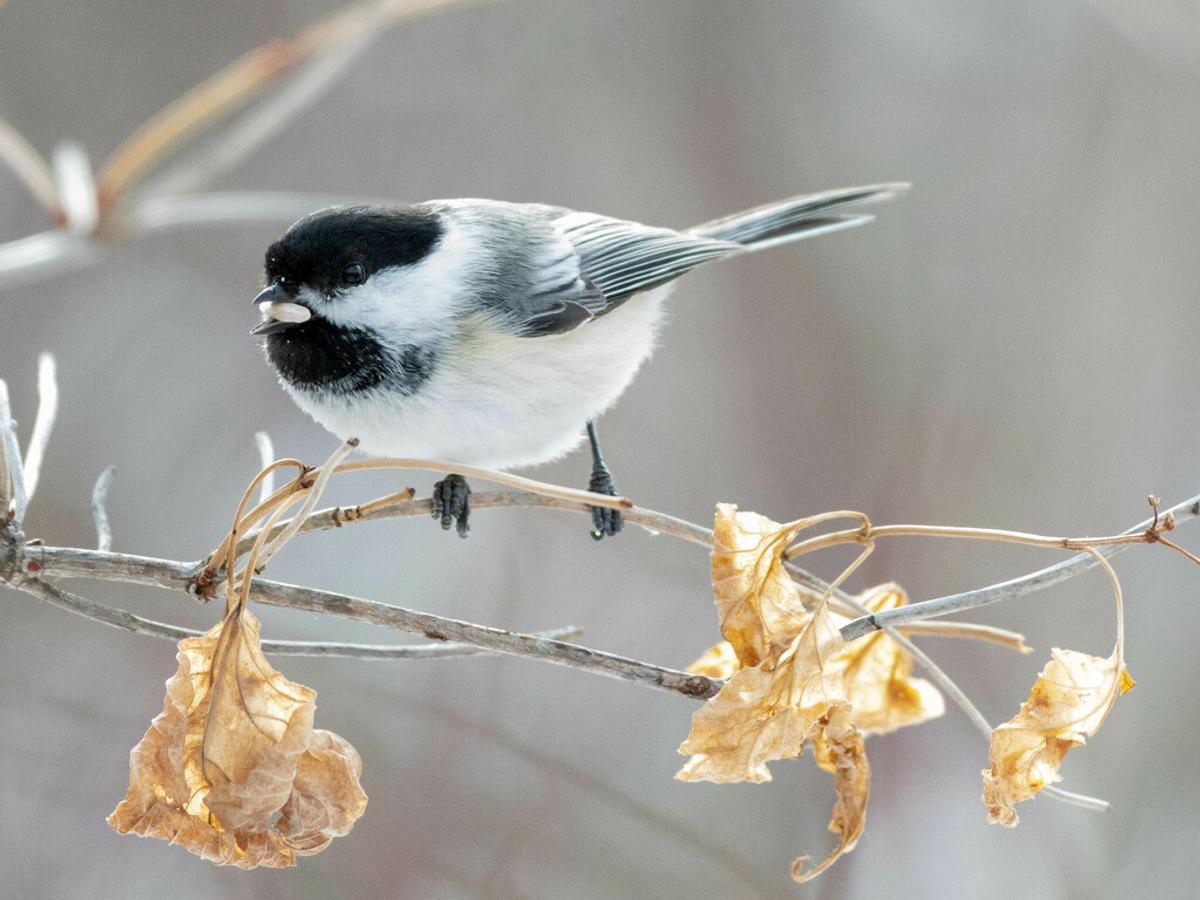
The foundation of any bird-friendly habitat is a healthy insect population. As Douglas Tallamy’s research has shown, many birds, especially during breeding season, rely on butterfly and moth caterpillars to feed their young — not seeds or suet.
That means that to provide food for birds, you need to support native insects — and to support insects, you need native plants.
Non native plants like exotic ornamentals may look pretty, but they typically don’t support the many species of insects our birds depend on. Worse, some are invasive species that disrupt local natural areas and displace beneficial natives.
Douglas Tallamy is a leading ecologist and author whose research has transformed how we think about gardening and wildlife. His work shows that planting native plants is one of the most powerful ways we can support birds, butterflies, and other wildlife—right in our own yards.
In his bestselling book, Bringing Nature Home, Tallamy explains how most native birds, especially during nesting season, rely on insects—not seeds or feeders—to raise their young. And those insects? They need native plants to survive.
The Best Plants for Birds in Every Season
Birds need resources all year long — from spring nest-building to fall fuel for migration and winter berries for survival. Note, this list focuses on seed and insect-eating birds, but we also have recommendations for other birds, like hummingbirds, in a separate post!

Here are some of the best bird friendly plants to include in a bird-supportive garden:
Oaks
- Host to hundreds of species of insects, including moth caterpillars
- Support more bird species than any other tree
- Include white oak for wildlife diversity
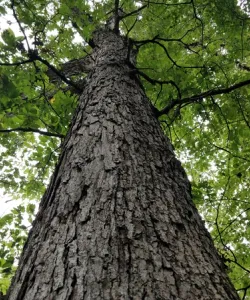
The mighty White Oak is a towering and long-lived tree, often reaching heights of 80 to 100 feet with an expansive canopy that provides ample shade. It can be readily identified by its deeply lobed and rounded, bright green leaves, and its lighter, scaled bark which eventually forms paper-like "pages" in very mature trees. The White Oak is also among the most impressive host species - a single mature tree can feed over 530 separate species of butterfly and moth caterpillars! This amazing tree also produces acorns that are a critical food source for a variety of wildlife, including deer, squirrels, and birds. White Oak thrives in full sun and well-drained soil, making it a robust choice for large landscapes, parks, and natural wooded areas.
Virginia Creeper
- Provides berries in late summer and fall
- Great climbing vine for vertical landscapes
- Attractive to many birds, including thrushes and woodpeckers
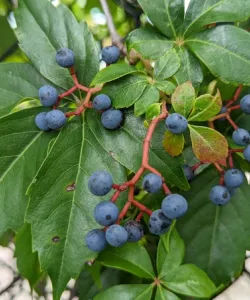
Ubiquitous in its huge native range across the eastern US, Virginia Creeper (also known as Woodbine) is a fast-growing and adaptable vine that can reach lengths of up to 30 to 50 feet. It features compound leaves with five leaflets that start off green in the spring and eventually transform into a fiery red in the autumn, providing a stunning visual display. Small, inconspicuous flowers in the summer give way to dark blue berries that are popular with birds (but inedible for humans). Virginia Creeper is highly adaptable, thriving in a range of conditions from full sun to deep shade, and is tolerant of various soil types, though it prefers moist, well-drained soil.
Often and easily mistaken for another native vine: Eastern Poison Ivy (Toxicodendron radicans). Remember: "Leaves of three, let it be. Leaves of five, let it thrive."
Gray Dogwood
- Offers clusters of white flowers followed by white fruit
- A magnet for local birds
- Compact and easy to grow
Flowering Dogwood
- One of the most beautiful native plant species
- Birds eat its bright red berries in fall
- Supports butterflies, insects, and provides nesting cover
Winterberry Holly
- A female shrub that produces bright red berries in winter
- Must be paired with a male pollinator plant for fruiting
- Excellent for robins, cedar waxwings, and many birds
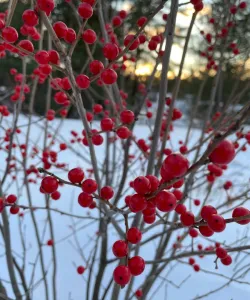
Winterberry Holly is truly a standout shrub as both a beautiful ornamental and powerful, year-round wildlife supporter. Growing 3 to 12 feet tall depending on the variety, Winterberry Holly blooms with small white flowers in spring, which are relatively inconspicuous compared to the clusters of bright red berries that form and persist long after its leaves have fallen. Winterberry Holly thrives in full sun to partial shade and prefers very moist, acidic soils, making it ideal for wetland borders, rain gardens, or as a focal point in winter garden settings.
As a special note: Winterberry Holly is dioecious, meaning both male and female plants are needed for fruit production - be sure to find at least one of each and plant them within 50 feet of each other for berry production (one male plant can support berry production of several female plants).
Other Shrubs and Small Trees That Support Birds
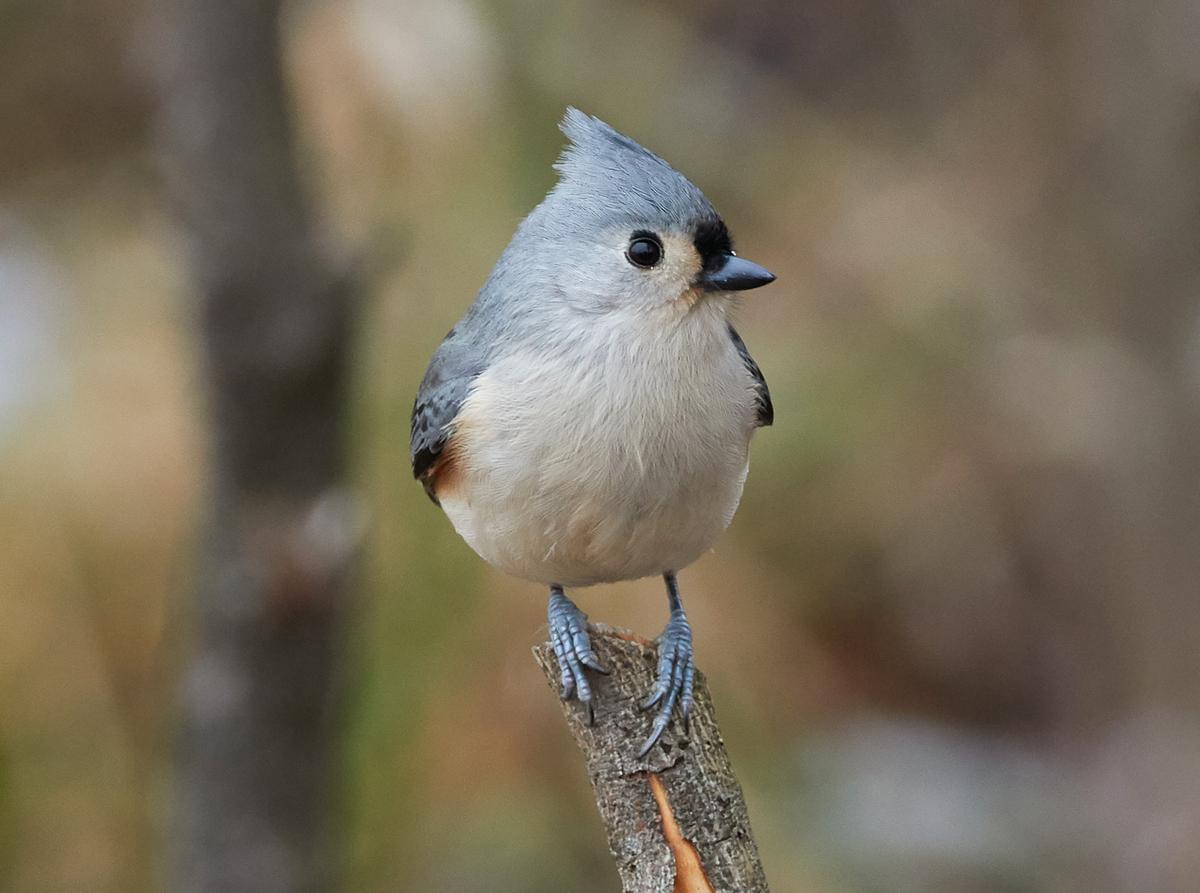
Shrubs are vital for cover, nesting, and small fruits. Try:
- Serviceberry (Amelanchier spp.) — Early spring blooms and summer fruit
- Spicebush (Lindera benzoin) — Supports butterflies and provides berries
- Elderberry (Sambucus canadensis) — Large clusters of fruit and valuable habitat
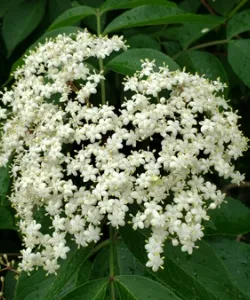
American Black Elderberry, also called Common Elderberry, is a versatile and fast-growing shrub that can reach heights of 5 to 12 feet. In early summer, it produces large, flat-topped clusters of tiny white flowers that are fragrant and attractive to pollinators. These flowers mature into rich, dark purple berries by late summer, which are a favorite of birds and can be harvested for making syrups, jams, and wines. The berries are also noted for their high vitamin C content and immune-boosting properties. American Black Elderberry thrives in full sun to partial shade and prefers moist, well-drained soil, making it ideal for naturalized areas, wildlife gardens, and as an informal hedge.
These bird friendly plants are excellent for layered planting and transitional zones between lawn and woodland.
Perennials and Flowers That Feed and Shelter Birds
Many native plants offer valuable seeds and attract insects that birds eat.
Some Top picks include:
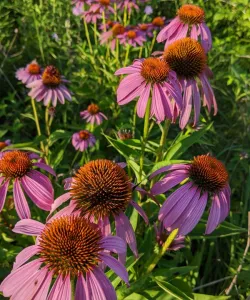
Purple coneflower is a popular plant in native and ornamental gardens alike. Many color and flower morphs are now available, but our plants are the offspring of native prairie inhabitants. This makes them adapted to tough conditions and better for pollinators than cultivars. Spent flowers turn black with seeds, adding winter interest and feeding goldfinches who relish the free meal. Echinacea happily spreads by seed, so remove seedlings in the spring to keep it in check.
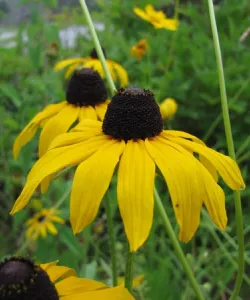
Black-Eyed Susans are a biennial or short-lived perennial. This means it will have impressive flower power in the early years of a planting, a real benefit when other plants take a few more years to get going, but can naturally fade once they do. To keep this short-lived Black-Eyed Susan going in the garden, allow it to self-seed. Attracts butterflies, moths, and bees.
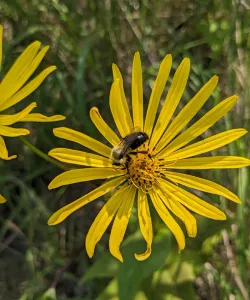
Cup Plant, stands out in the garden with its distinctive foliage and striking yellow flowers. The leaves of this plant form a cup shape around the square stems, creating natural reservoirs that catch and hold rainwater, providing hydration for birds and insects. From mid-summer to early fall, it produces clusters of large, daisy-like flowers on stems that can reach up to 8 feet tall. This vigorous grower is perfect for back borders, wildlife gardens, and naturalized areas, where its height and flowers make a dramatic impact.
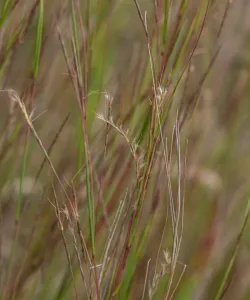
The understated beauty of little bluestem is a good complement to a colorful wildflower garden. This clump-forming prairie grass puts on a show each fall, turning a deep rust color and adorning itself with silvery seedheads. Little bluestem prefers well-drained soils, and can even handle dry and sandy areas. Many species of skipper butterflies use this grass as a host plant for their caterpillars, and its seeds are consumed by a variety of birds.

Let your flowers go to seed in fall rather than cutting them back — birds will thank you.
Creating Nesting Sites and Cover
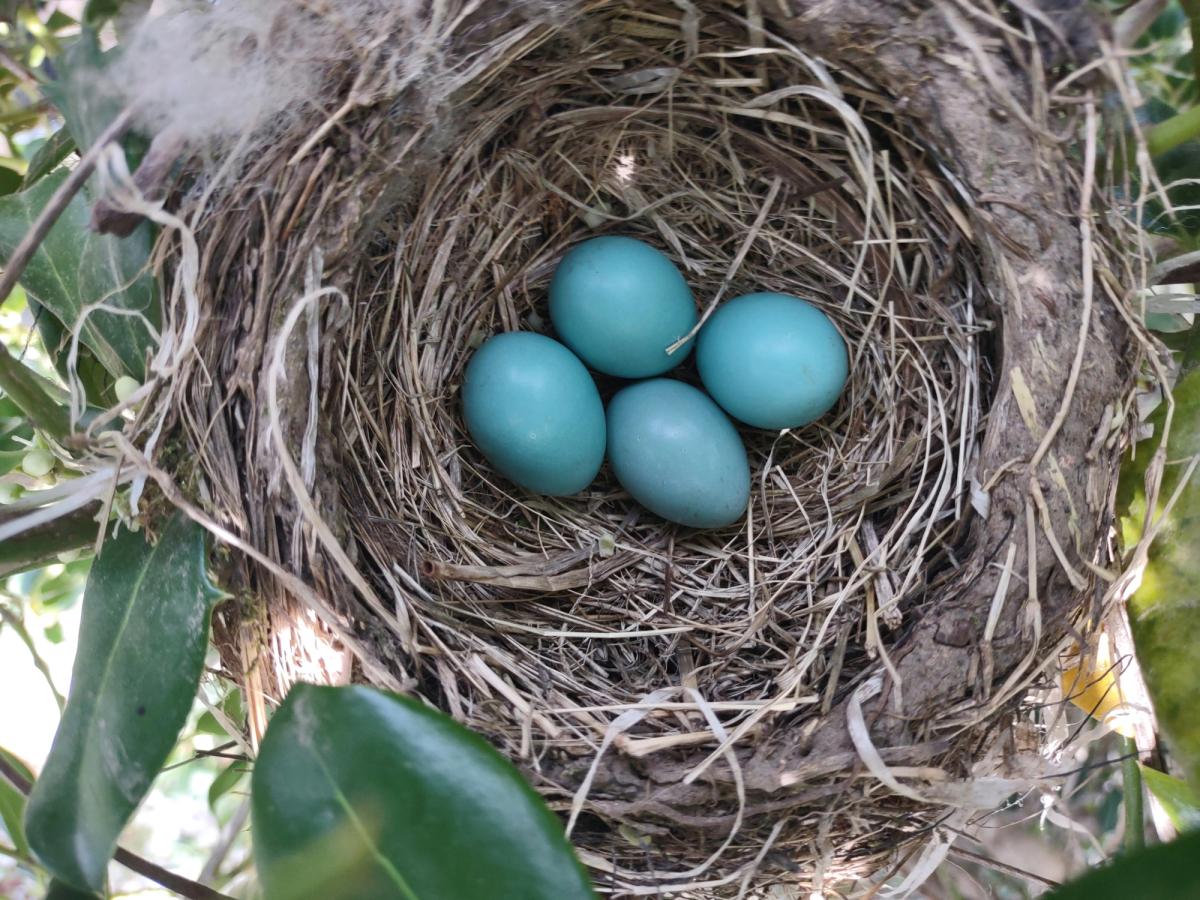
Birds need more than just food — they need places to hide, nest, and raise their young. Include:
- Dense shrubs for ground-nesting birds
- Layered canopy with tall trees, mid-sized shrubs, and low-growing plants
- Piles of branches or brush for winter shelter
- Avoid tidying too much — leave leaves and twigs as natural nesting material
Replacing Non Native Plants With Bird-Friendly Choices
If your garden includes non native or invasive species, replacing them with more native plants can dramatically increase its value to native birds and other wildlife.
Replace:
- Burning bush with Serviceberry
- Bradford pear with Oak or Dogwood
- English Ivy with Virginia Creeper
You’ll see more activity from many birds, and you’ll improve the health of your entire landscape.
Real Results: Tallamy’s Research in Action
Studies by Douglas Tallamy and others show that yards with more native plants host:
- More carolina chickadees and migrating songbirds
- More nesting success and fledglings
- Greater biodiversity across the board
When you plant with intention, you’re not just gardening — you’re bringing nature home.
Tips for a Bird Friendly Yard
- Focus on native plants first
- Choose a mix of trees, shrubs, and flowers
- Provide seeds, fruit, and nectar across seasons
- Leave dead wood and snags when safe
- Avoid chemical pesticides and herbicides
A true bird friendly yard supports insects, plants, and the entire food web.

Final Thoughts: Bird Plants Build Biodiversity
By choosing the right plants for birds, you're creating more than a garden — you're helping rebuild a resilient, living ecosystem in your own backyard.
The most impactful change starts with planting native. Not only do native birds and other pollinators benefit — your yard becomes a more dynamic, colorful, and joyful place.
🛒 Explore Bird-Friendly Native Plant Kits
🌿 Let Us Design a Yard That Feeds Birds, Naturally
📬 Shop Regionally Tailored Native Plants
Share this article


